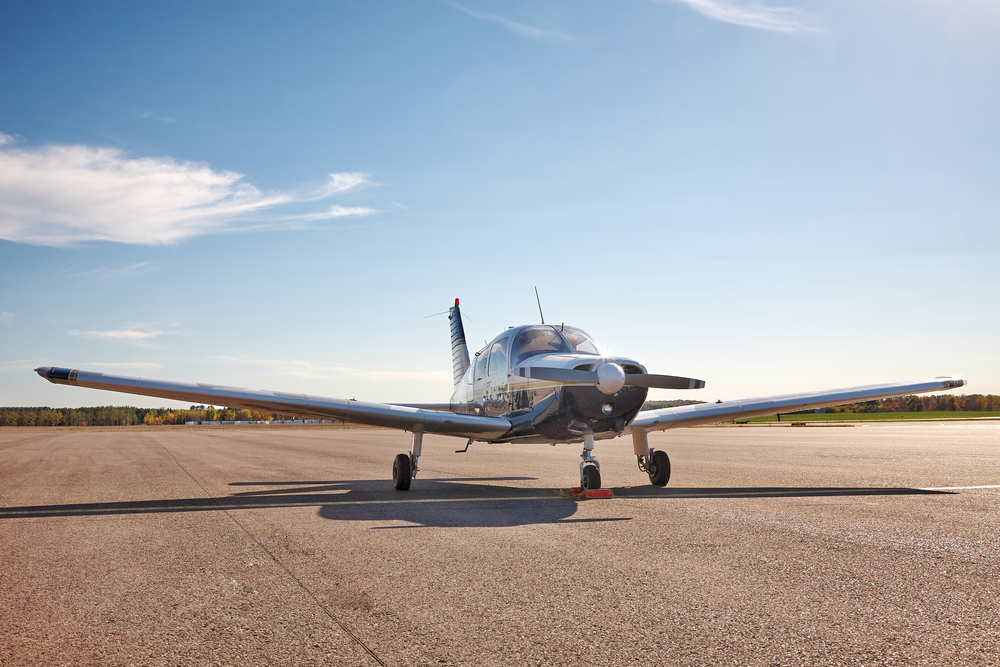Southwest 737-200: A Remarkable Chapter in Aviation History
Southwest 737-200: A Remarkable Chapter in Aviation History
The Boeing 737-200 played a pivotal role in Southwest Airlines’ success during its early years. Introduced in the early 1970s, this aircraft model became synonymous with the airline’s operational efficiency and unique business model.
Introduction to the Boeing 737-200
The Boeing 737-200, a classic jetliner, first took to the skies in 1967. It was an iteration of the original 737-100 series, tailored to meet the demands of short-haul commercial routes. With enhancements in range and capacity, the 737-200 quickly became a favorite among airlines worldwide, including Southwest.
Powered by Pratt & Whitney JT8D engines, it offered better thrust compared to its predecessor. The fuselage design allowed for a maximum seating of around 136 passengers. This aircraft struck a balance between performance, efficiency, and cost, making it an attractive option during its era.
Southwest Airlines and the 737-200
Southwest Airlines, founded in 1967, started operations with a modest fleet. Their choice of aircraft, including the Boeing 737-200, was crucial. This jetliner fit perfectly into Southwest’s low-cost, high-frequency service model.
Operating exclusively within Texas initially, Southwest needed a reliable aircraft for short hops between cities like Dallas, Houston, and San Antonio. The 737-200’s design characteristics made it ideal for this purpose. With its quick turnaround times and efficiency in maintenance, it allowed the airline to maintain its competitive edge.
Economic Impact and Operational Efficiency
One of the key reasons Southwest opted for the 737-200 was its cost-effectiveness. The aircraft’s relatively low operational costs allowed the airline to offer affordable fares. This strategy was revolutionary at the time and set Southwest apart from its competitors.
Another significant advantage was its simplicity in maintenance. The 737-200 had fewer complexities compared to larger, long-haul aircraft. This simplicity translated to reduced downtime and more flights per day. Consequently, Southwest maximized its revenue potential.
Technological Features and Design
The Boeing 737-200 incorporated several technological advancements that contributed to its success. Its flight control system, though analog by today’s standards, was admired for its reliability. Pilots appreciated the straightforward instrumentation and robust handling characteristics.
- Engines: The Pratt & Whitney JT8D engines were a highlight. These engines provided a balance of power and efficiency required for short to medium-haul flights.
- Fuselage Design: The design allowed for quick boarding and deboarding, crucial for maintaining tight schedules.
- Landing Gear: The strong and durable landing gear facilitated operations from smaller airports, providing flexibility for route planning.
Additionally, the 737-200’s cockpit layout facilitated ease of training for pilots transitioning from other aircraft types. This adaptability ensured a steady supply of qualified pilots, which was essential for Southwest’s growth.
Legacy and Cultural Impact
The 737-200 contributed significantly to the development of the low-cost carrier (LCC) model. This model has now become a staple in the aviation industry worldwide. Southwest’s success with this aircraft showed that air travel could be both affordable and reliable.
Passengers experienced a no-frills approach to flying. There were no assigned seats, encouraging a first-come, first-served boarding process. This approach minimized delays and maximized efficiency.
The simplicity of the 737-200’s design extended to the cabin. Although amenities were basic, the focus was on getting passengers to their destinations safely and on time. This reliability fostered brand loyalty and set a precedent for customer expectations in air travel.
Challenges and Operational Risks
Despite its many advantages, the 737-200 was not without challenges. Its engines, while efficient, were noisier compared to modern standards. This noise was a factor that airports and surrounding communities had to manage.
Moreover, the aircraft had its share of incidents, primarily due to issues related to its age and the extensive use by airlines. Regular maintenance and stringent safety checks were crucial to ensuring safe operations.
Another challenge was the evolving regulatory environment. As aviation safety standards evolved, continuous updates and modifications were required to keep the 737-200 compliant. This included avionics upgrades and structural enhancements.
The End of an Era
As aviation technology advanced, newer models like the 737-300 and 737-700 began to replace the aging 737-200 fleet. These newer aircraft offered better fuel efficiency, lower noise levels, and advanced avionics.
Southwest gradually phased out the 737-200s from its fleet. The last flight of a Southwest 737-200 took place in 2005. This marked the end of a significant era in the airline’s history, but the impact of the 737-200 remains.
The lessons learned and the operational frameworks developed during the 737-200 era continue to influence Southwest’s strategies. This aircraft model helped solidify the airline’s reputation for affordability, reliability, and efficiency.
Modern Reflections on the 737-200
Today, aviation enthusiasts and professionals look back at the 737-200 with a sense of nostalgia. It represents a time when air travel began to democratize, becoming accessible to a broader range of passengers.
Aircraft museums and private collectors have preserved some units, showcasing them as symbols of aviation’s progress. This preservation helps educate newer generations about the evolution of air travel and the pivotal aircraft that made it possible.
While the 737-200 no longer flies commercial routes, its legacy endures. It paved the way for subsequent models in the 737 family, which remains one of the best-selling and most widely used commercial jets globally.
Conclusion
Though this post was meant to shed light on the Boeing 737-200’s role within Southwest Airlines’ fleet, the discussion underscores the broader impact of this aircraft within the aviation industry. It remains a pivotal icon of a transformative period in aviation history.
